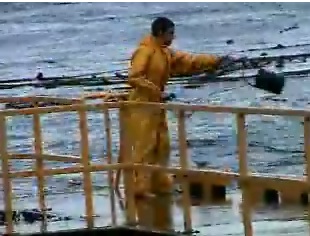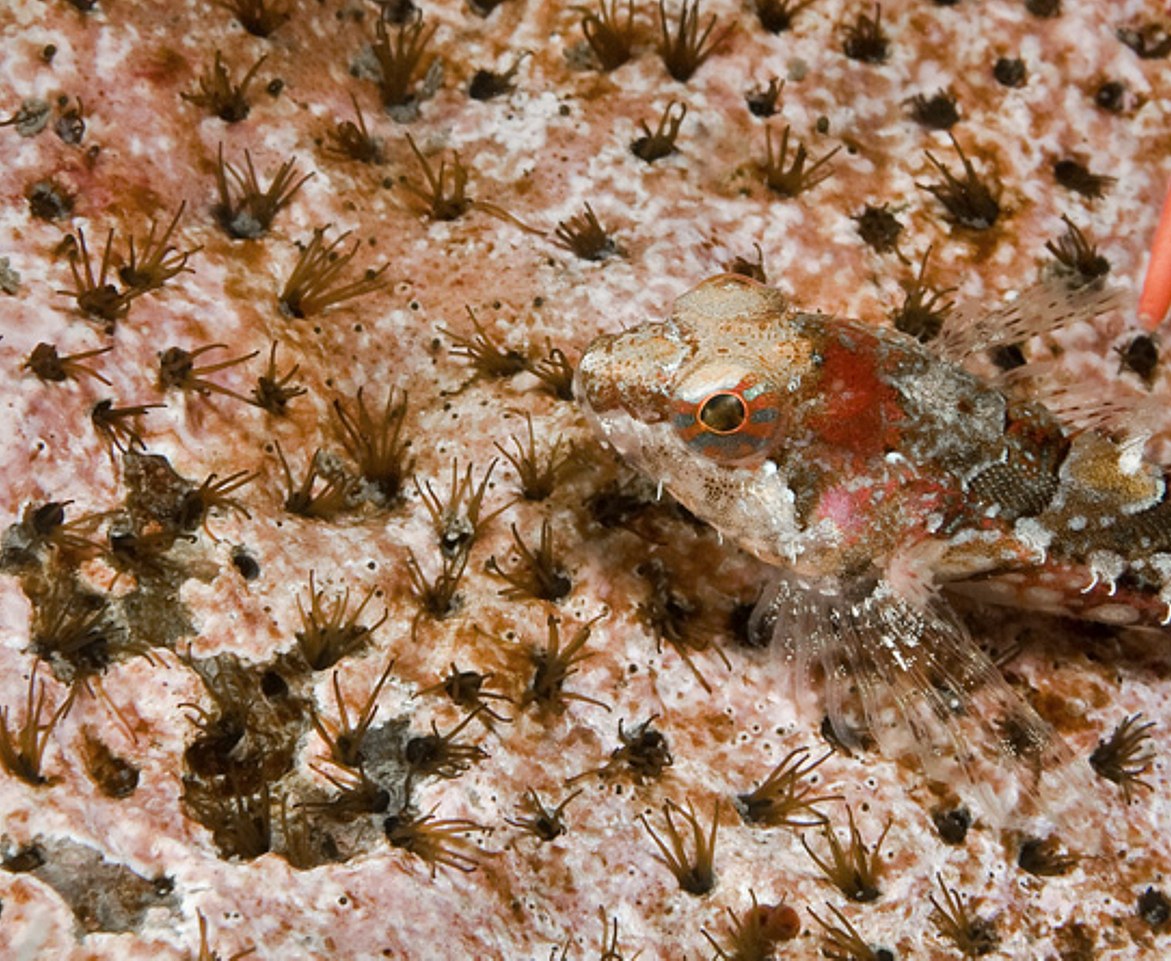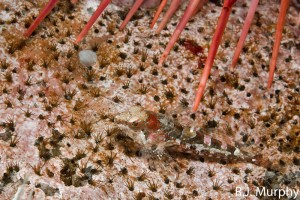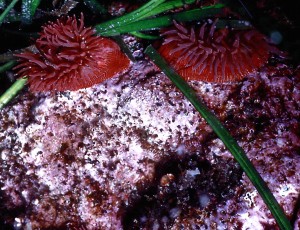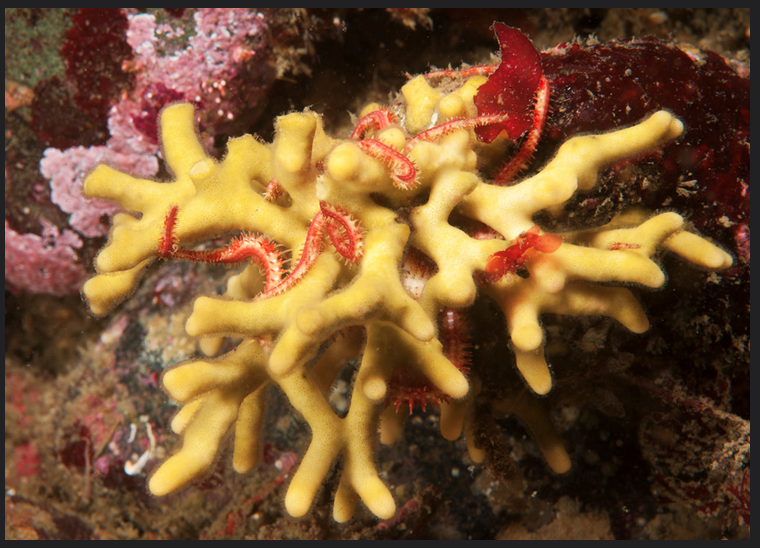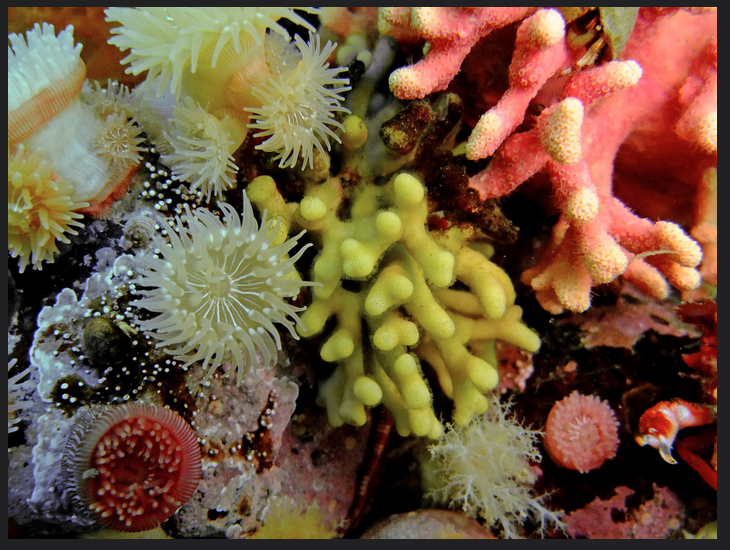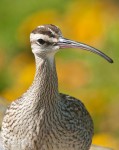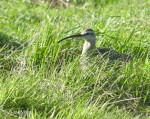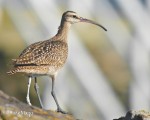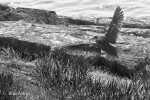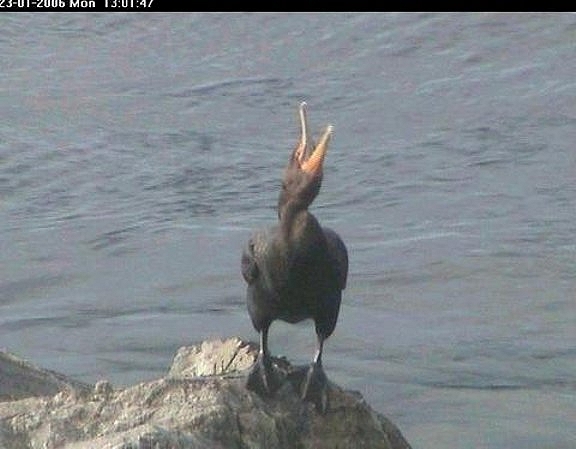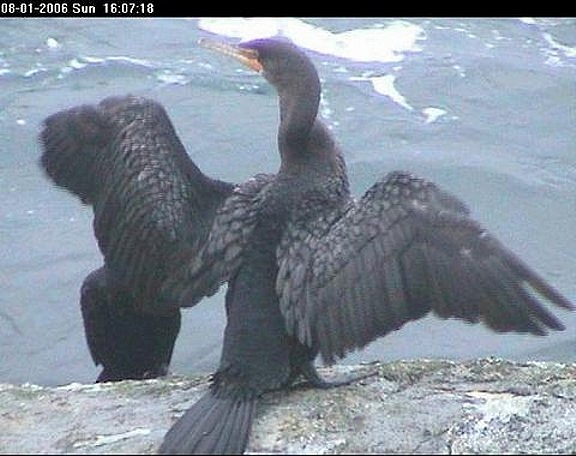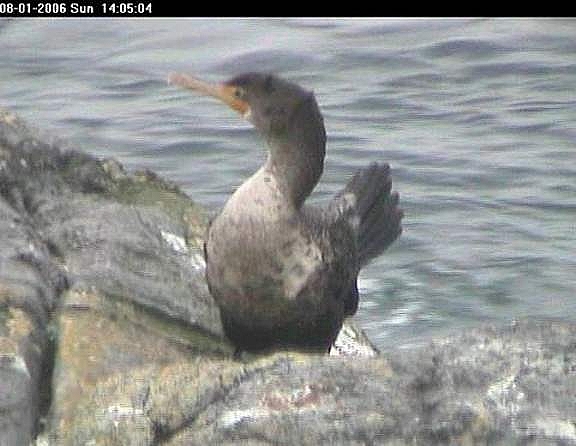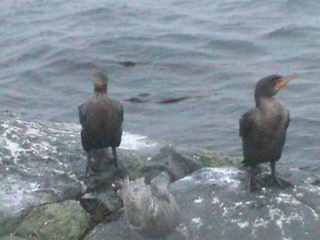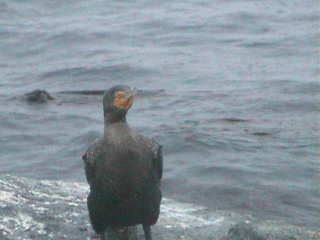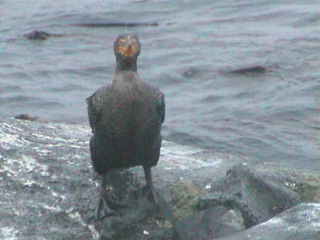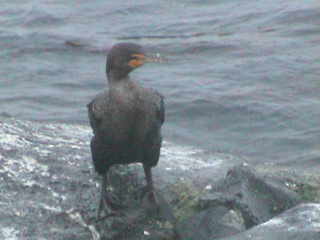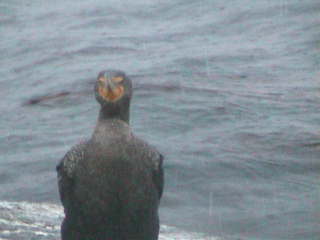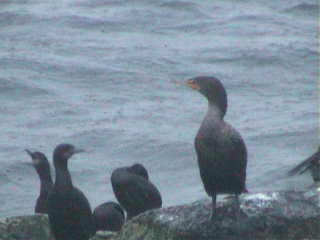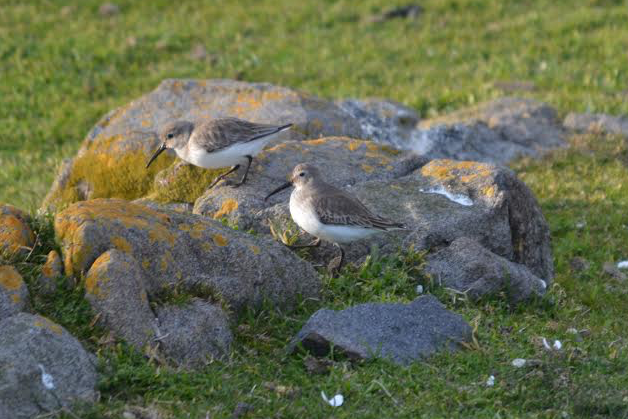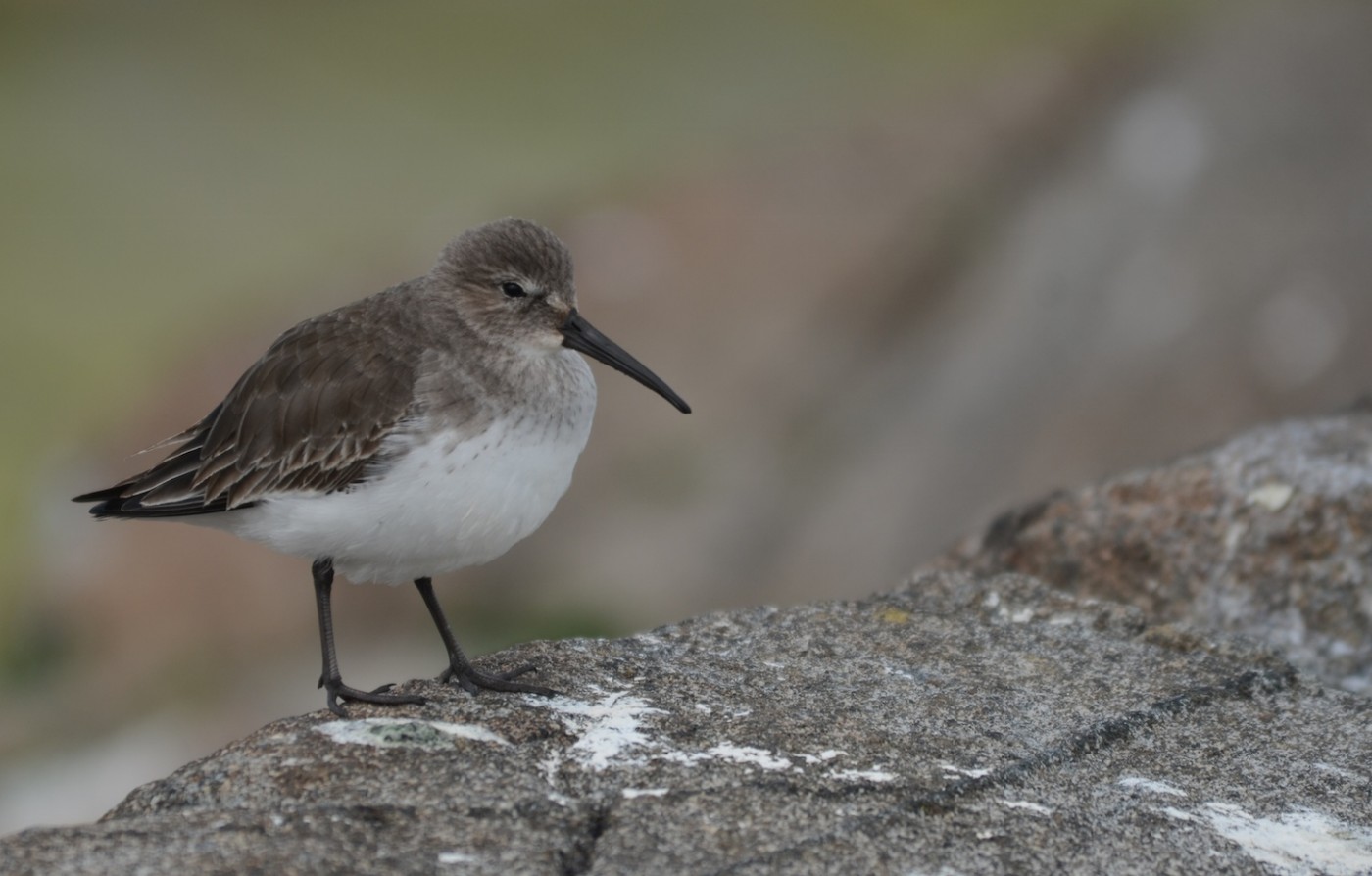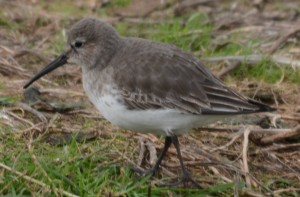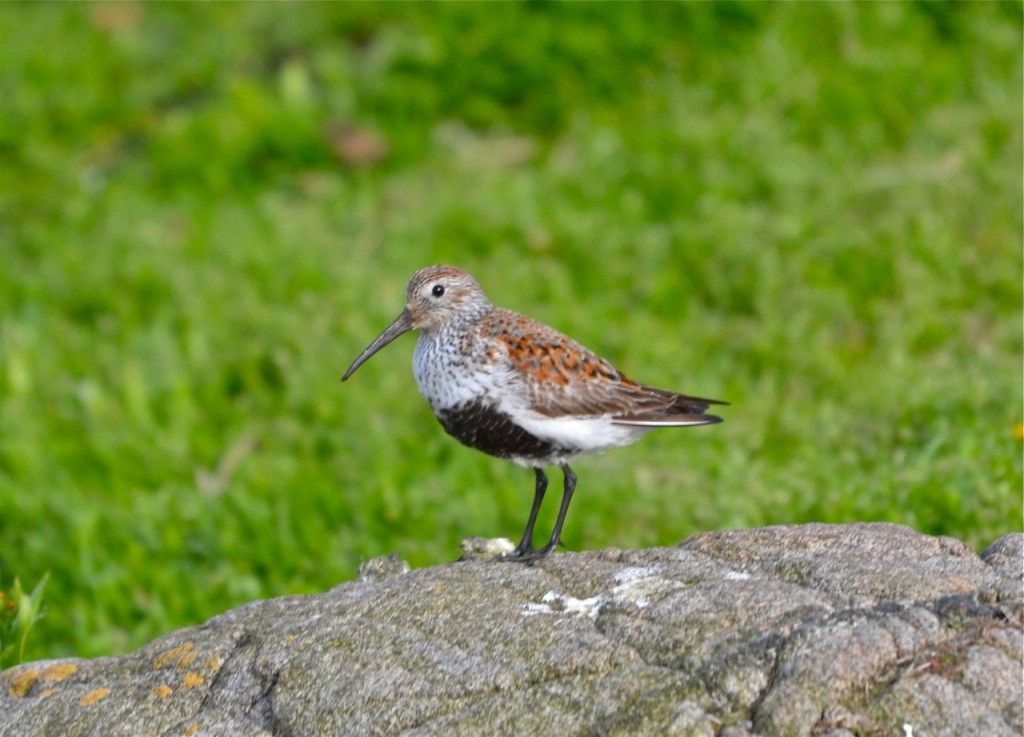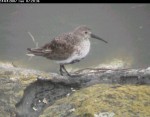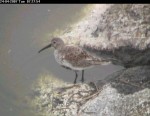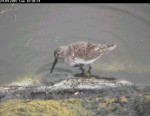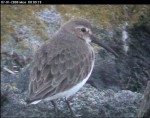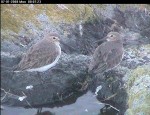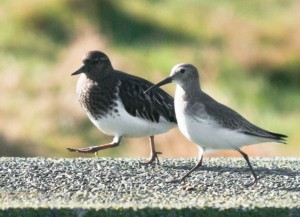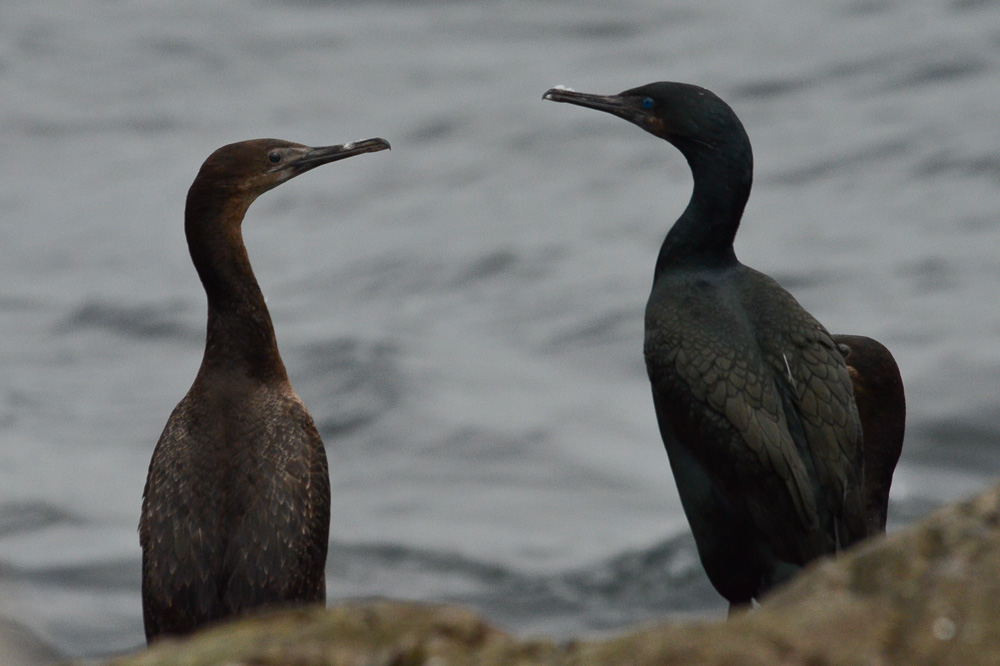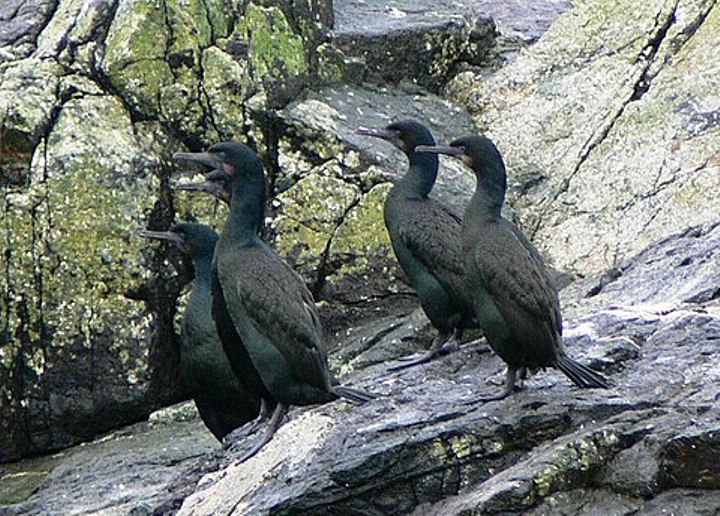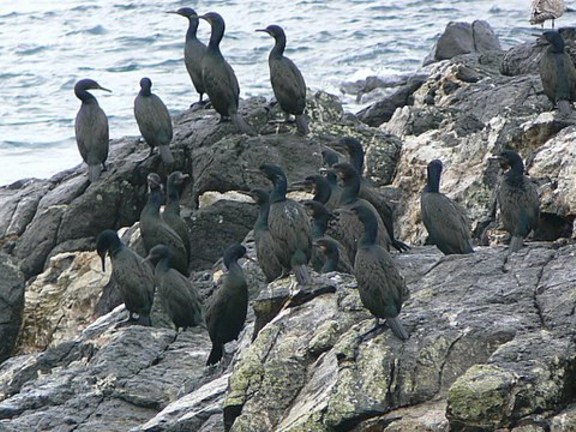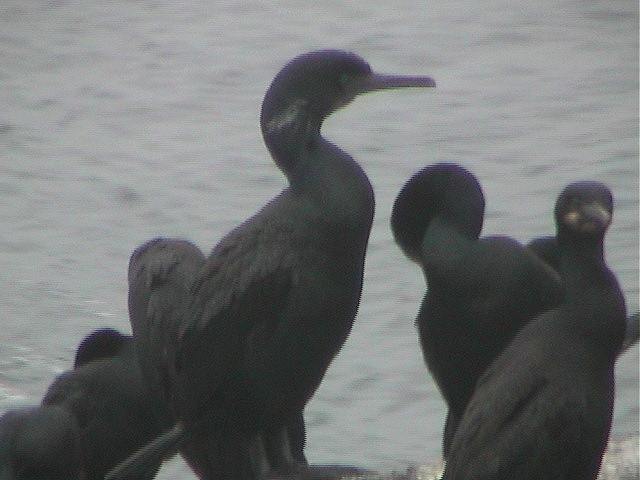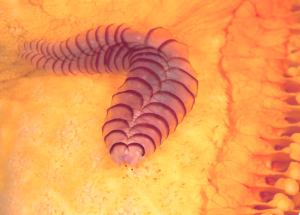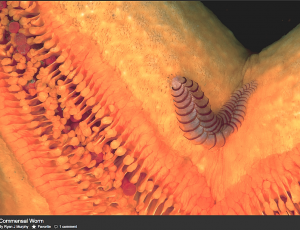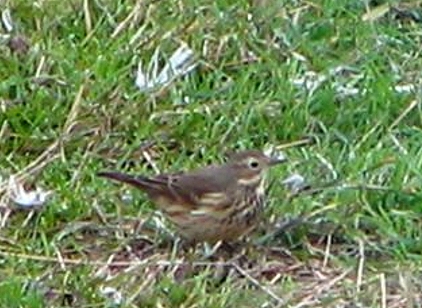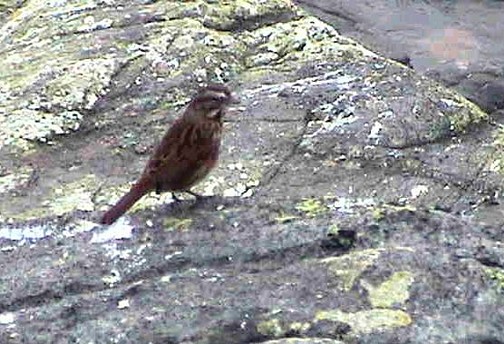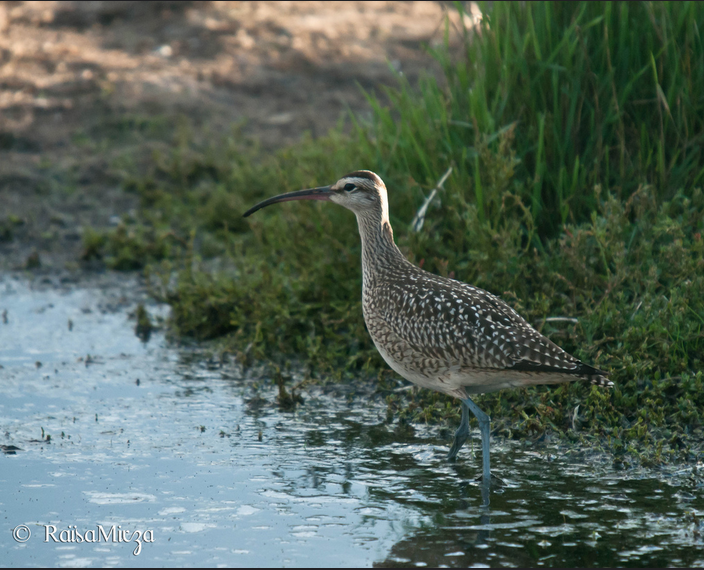
Whimbrel, Numenius phaeopus photo by Raisa Mirza
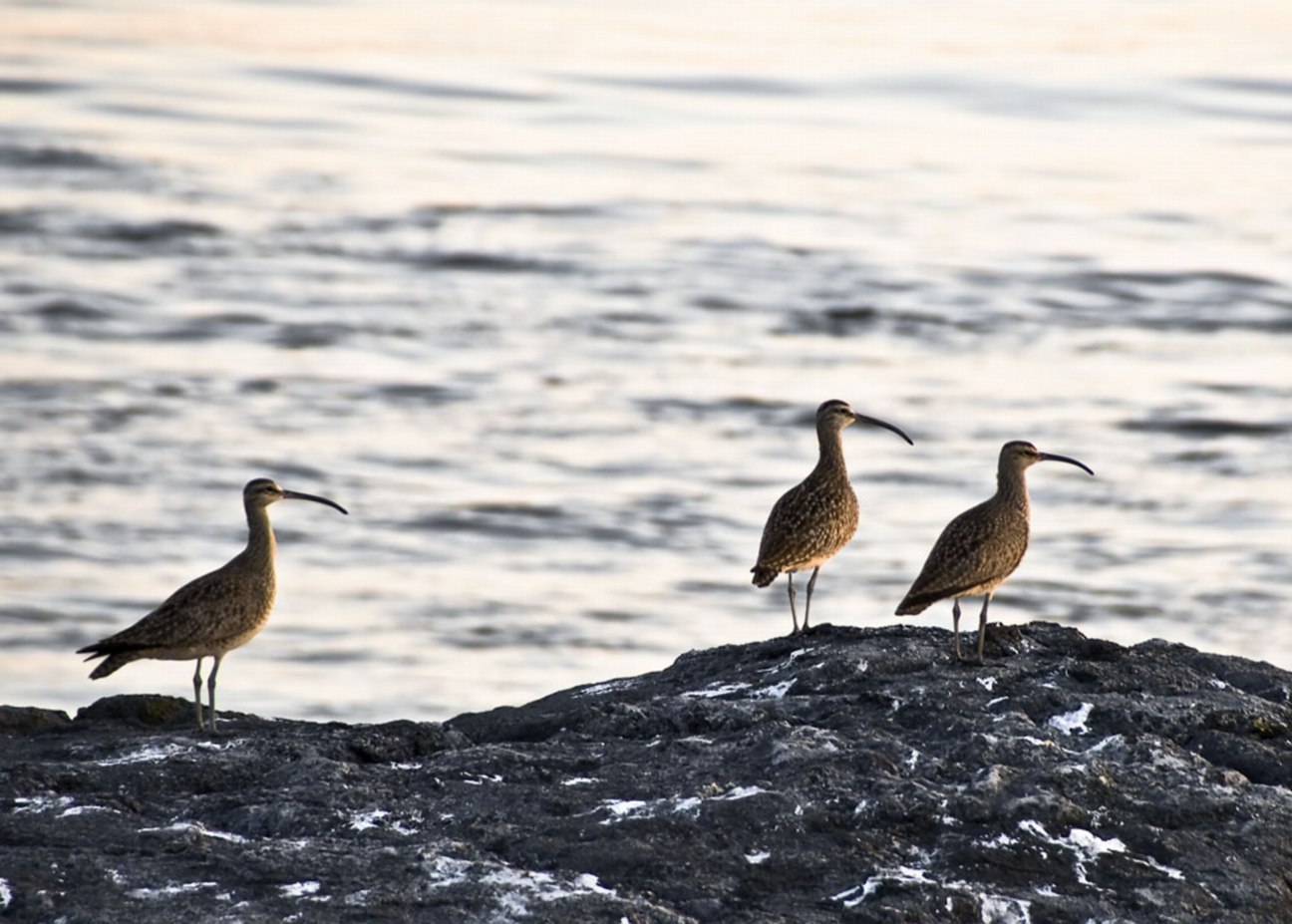
Raisa Mirza took this image on May 9, 2010 as the whimbrel were migrating through the area. See her Flickr images here:
Raisa Mirza took these mages on May 9, 2010 as the whimbrel were migrating through the area.
See her Flickr images here:
This video was taken by PB on the remote camera at Race Rocks on July 17, 2007.Of special note here is the nictitating membrane which shows as the bird doses off to sleep.
On June 4th 2006, I received two e-mails at the same time: The one from Pam Birley from England included pictures of an unidentified shorebird, taken at some distance from the remote camera. The other from David Alison from the Rocky Point Bird Observatory had the following observation:
Hi Garry,
On Thursday 31st, Rocky Point recorded its first Long-billed Curlew over the lower field right at the banding shack (#299 on our checklist!). This morning (Sunday 4th), two of us were lucky enough to observe via spotting scope no doubt the same (or perhaps a different?!) Long-billed Curlew on the North Race Rock. Not sure if you have recorded that species from Race Rocks before?
I’ll check your website’s video cams later to see if we can capture it on film (as we last saw it flying towards Great Race Rock)!
Cheers,
David Allinson
It turns out that the pictures were of another type of curlew, the whimbrel, not a long-billed curlew. It was from the second set of pictures that I made this slide show above.
After David saw the pictures, he wrote “Interesting…perhaps we jumped to the conclusion on our distant bird as the bird in the photo is clearly a whimbrel, not a Long-billed Curlew..? This has been a good spring for both species locally. Or perhaps indeed both species were present.…I know it may seem like coincidence, but I am still strongly inclined to “keep” our sighting from Sunday at 1115 on North Rock as a Long-billed Curlew (it was a large shorebird, big bill, and cinnamon wash which is not consistent with whimbrel ). As I mentioned, there have been good numbers of whimbrel this spring (as many as 33 were at the Victoria Golf Course one day in May!), and both species are known to associate.
Whimbrel are annual at Rocky Point both in spring and fall migration, but particularly in “fall” (July to September, and November in 2015), and they presumably occur on Race Rocks regularly. However, there are less than a dozen accepted Long-billed Curlew records for Victoria, but 1-2 birds are reliably reported on the south island every spring during the last few years (the Victoria Golf Course in Oak Bay seems to be a best spot along with whimbrel and marbled godwits congregating on the green at the 5th tee). |
David Allinson
Thanks to these two observers for their assistance in recording this species for Race Rocks.Further Reference:
A good reference on the tracking of migratory routes of whimbrels can be found at http://www.wildlifetracking.org/index.shtml?project_id=369
See other posts on whimbrels on racerocks.ca.
em>Other Members of the Class Aves at Race Rocks.
